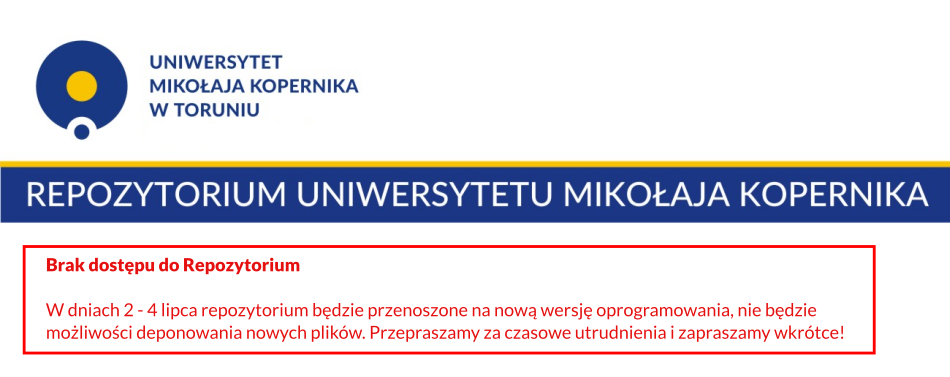| dc.contributor.author |
Marak, Katarzyna |
| dc.date.accessioned |
2017-12-29T08:07:19Z |
| dc.date.available |
2017-12-29T08:07:19Z |
| dc.date.issued |
2017 |
| dc.identifier.citation |
Theoria et Historia Scientiarum 14 (2017), pp. 55-69 |
| dc.identifier.issn |
2392-1196 |
| dc.identifier.issn |
0867-4159 (print) |
| dc.identifier.other |
http://dx.doi.org/10.12775/ths.2017.004 |
| dc.identifier.uri |
http://repozytorium.umk.pl/handle/item/4771 |
| dc.description.abstract |
Layers of Fear, a 2016 psychological horror game by Bloober Team, is a story-oriented walking simulator. While many walking simulators focus on uncovering the past, Layers of Fear centres on the experience of being haunted by the past. The gameplay narrates a tragic story and the complex relation of the protagonist with his past from which he cannot escape: his fear, his obsession and the endless cycle of his madness. Most importantly, this experience is not constructed in the game by providing the players with journal entries or letters to read, but by allowing them to literally walk through the past, among material representations of memories and emotions, as the house itself shifts through various layers and moments of time both before and after the tragic events that haunt the protagonist. This paper focuses on the unique delivery of experiencing past events used in Layers of Fear, as well as the concept of haunting, trauma and obsession central to both the game and gameplay. |
| dc.language.iso |
eng |
| dc.publisher |
Wydawnictwo Naukowe Uniwersytetu Mikołaja Kopernika |
| dc.rights |
info:eu-repo/semantics/openAccess |
| dc.subject |
Layers of Fear |
| dc.subject |
walking simulator |
| dc.subject |
trauma |
| dc.subject |
player experience |
| dc.title |
Walking through the Past: The Mechanics and Player Experience of Haunting, Obsession and Trauma in Layers of Fear |
| dc.type |
info:eu-repo/semantics/article |

